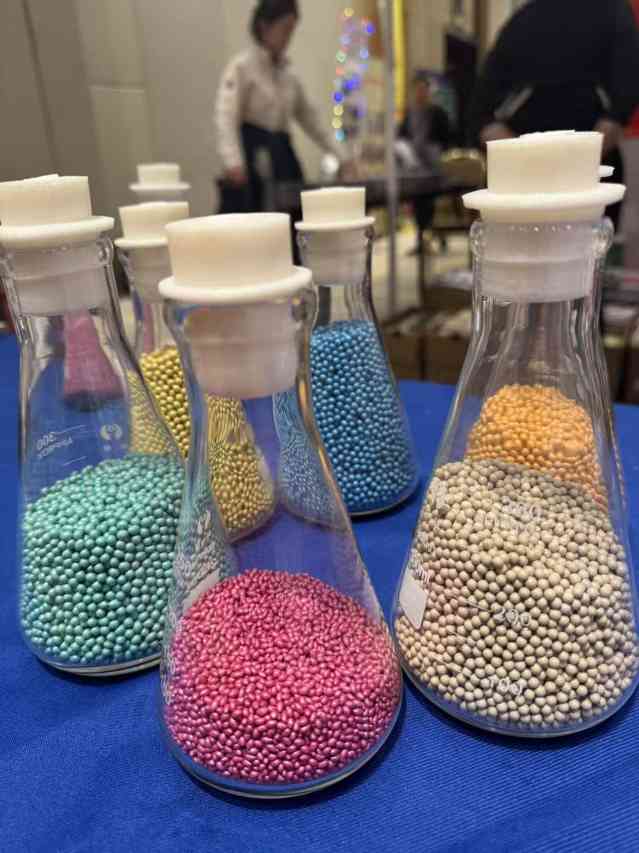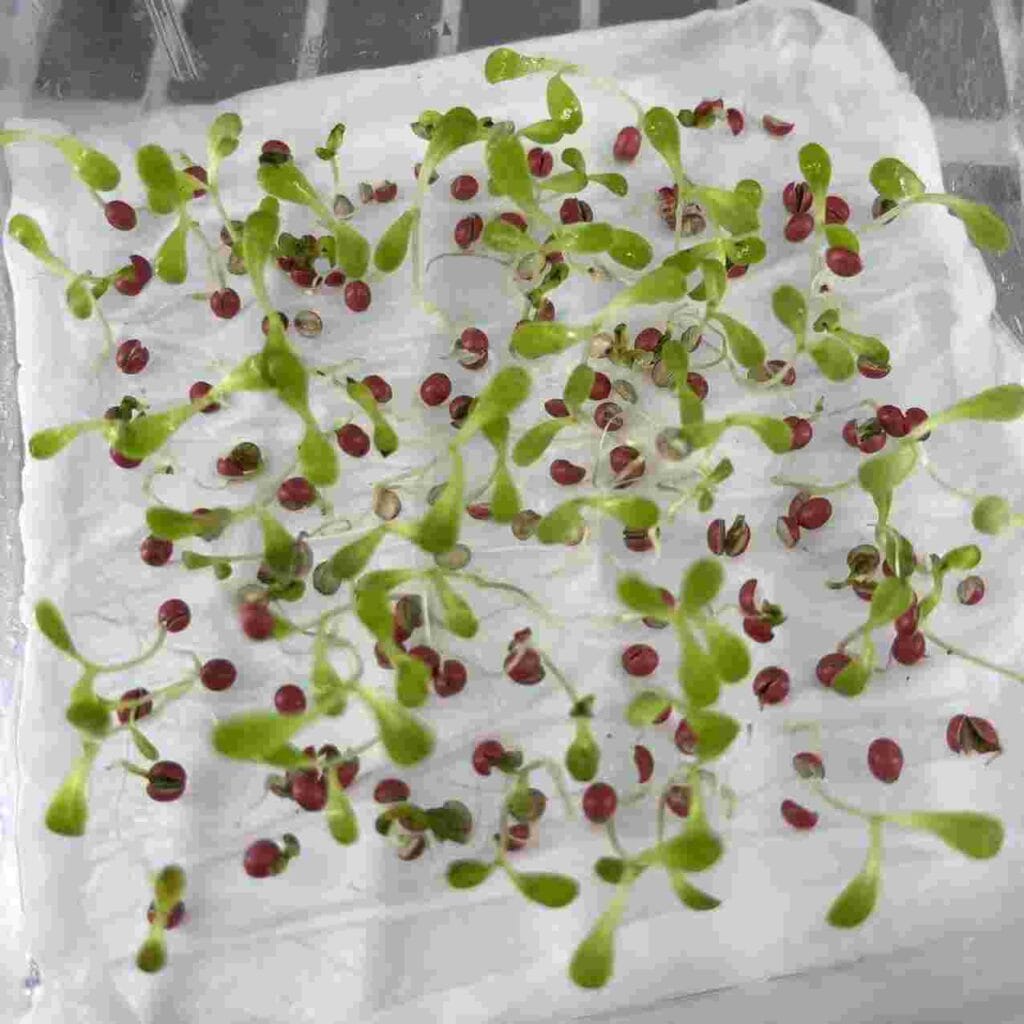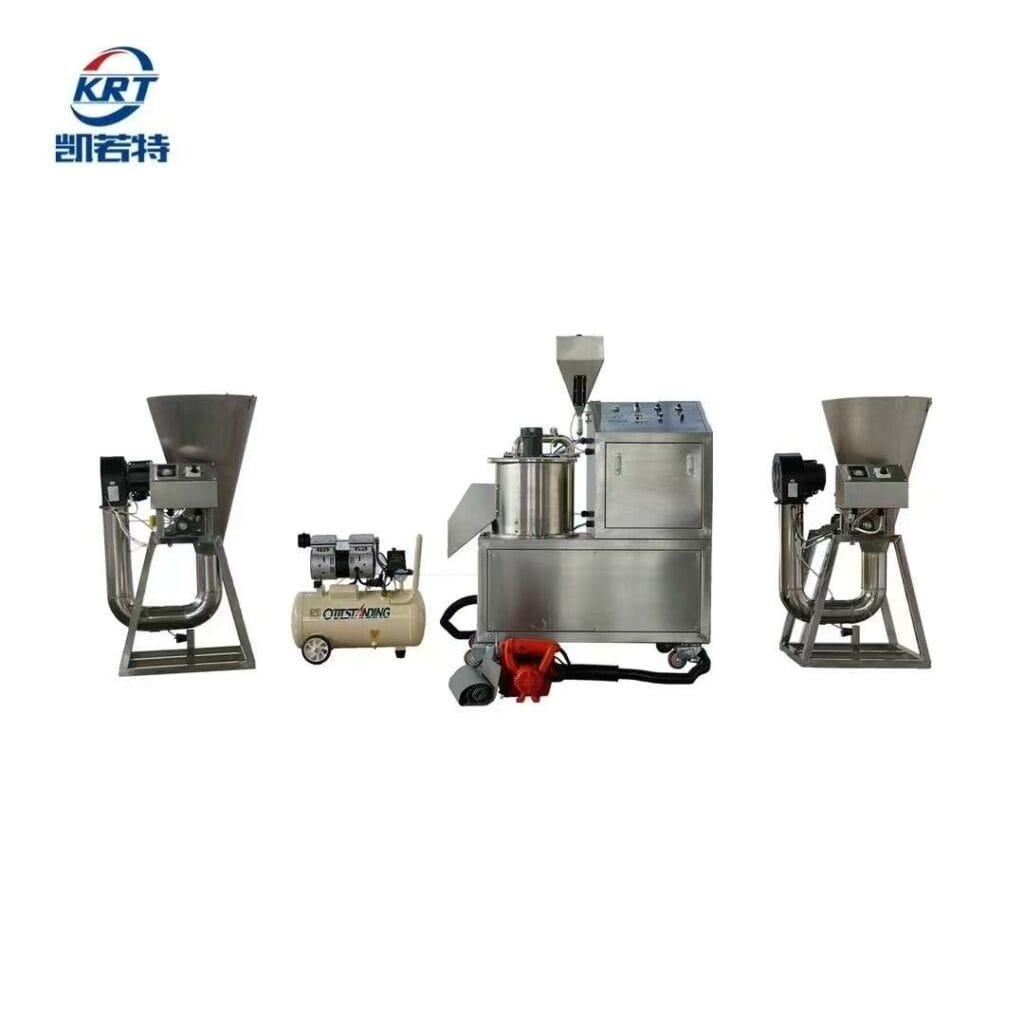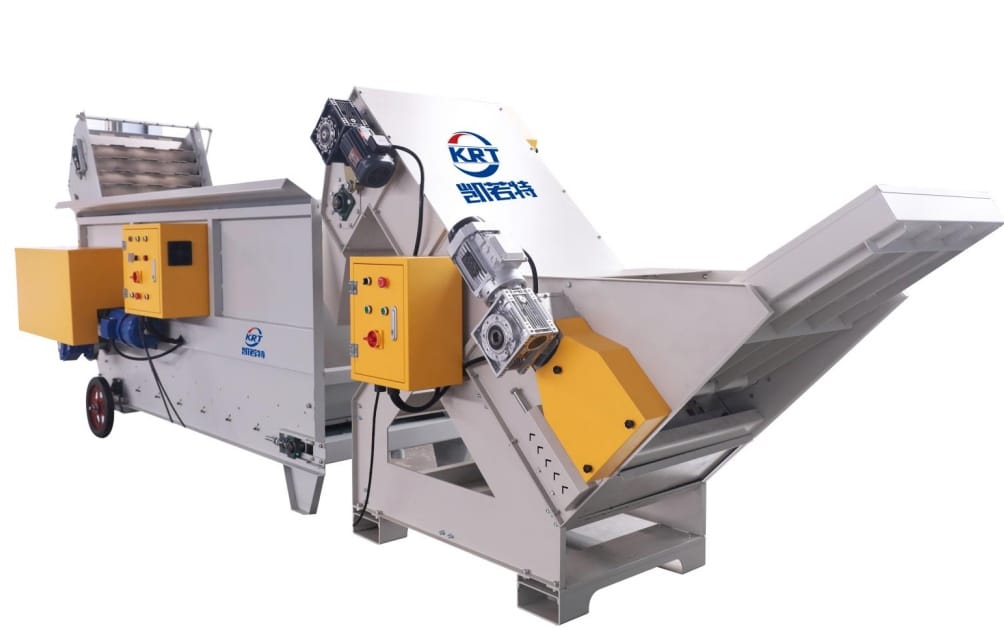Seed pellet technology , as an important seed processing technology, transforms the traditional limitations of seeding by encapsulating tiny and irregular seeds within a specially formulated pellet matrix. This innovation brings multiple benefits to agricultural production and has become a crucial support for large-scale and precise farming practices.

1. Enhance sowing efficiency and adapt to mechanized planting
After being processed by granulation, the seeds will form uniform-sized and regular-shaped “granules”, with a diameter typically controlled within 2-5 millimeters, which precisely meets the operational requirements of modern sowing machines. At the same time, the precise size of the granules ensures that 1-2 seeds are sown per hole, effectively avoiding seed wastage and reducing the workload of subsequent thinning, thereby saving a significant amount of labor costs for large-scale planting.

2. Enhance seed protection and increase germination survival rate
From storage to germination after sowing, seeds will face various adverse environmental threats, such as pest and disease attacks, extreme temperatures, and inappropriate soil moisture. These factors often lead to low germination rates and weak seedlings. During the granulation process of seeds, the granule matrix will build a “protective barrier” for the seeds, effectively resisting external risks.

3. Optimize nutrient supply and promote vigorous growth of seedlings
Seed granulation is not only a “protective shell” but also a “nutrient reservoir”. In the configuration of the granule matrix, based on the growth needs of different crops, components such as slow-release fertilizers, trace elements, and plant growth regulators can be added to achieve precise nutrient supply, solving the problem of “nutrient deficiency” in the early stage of seed germination.

